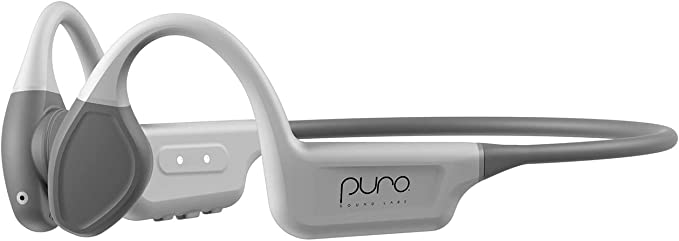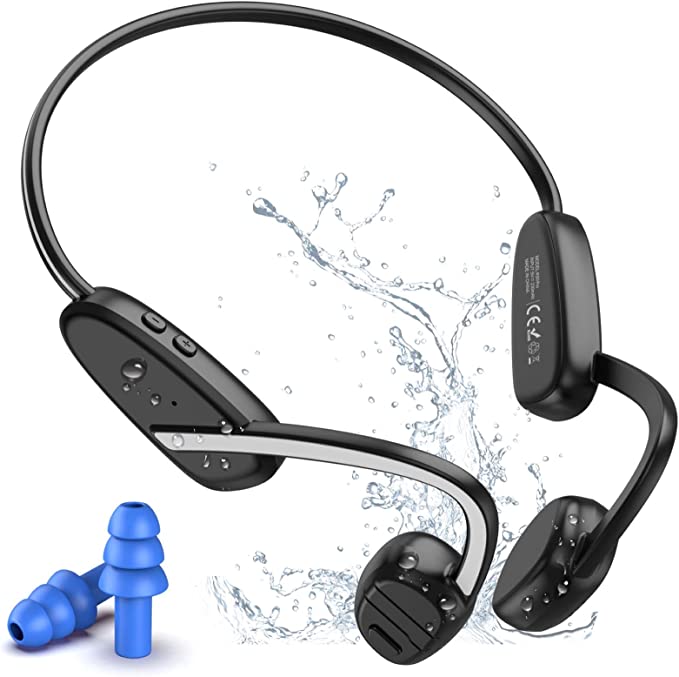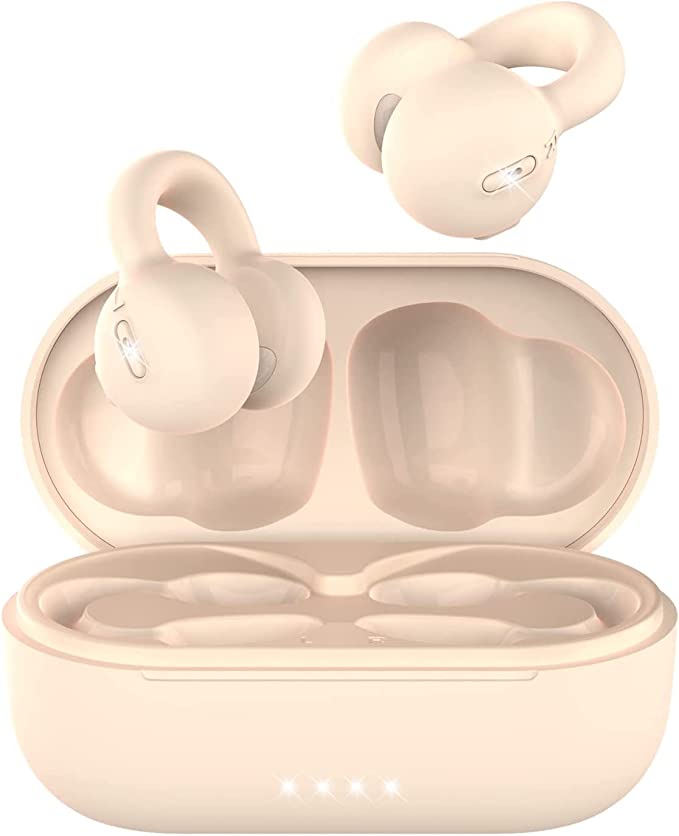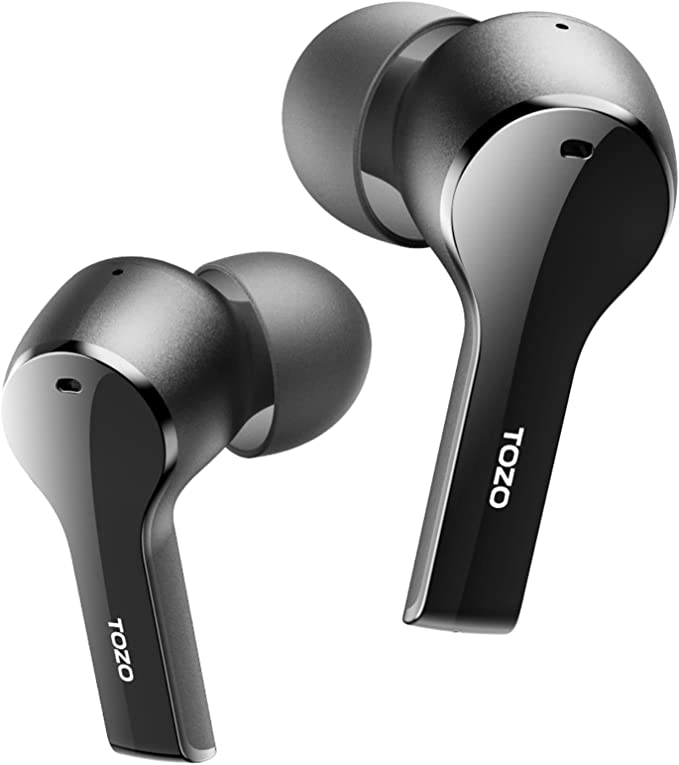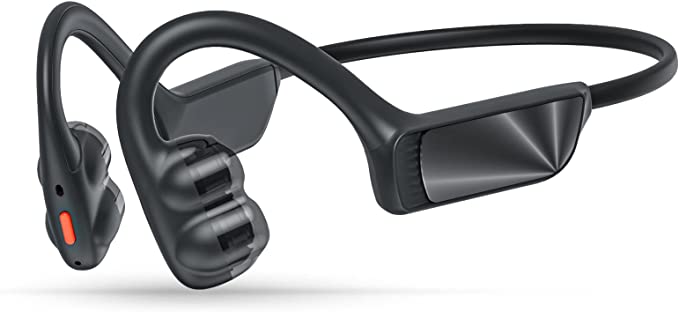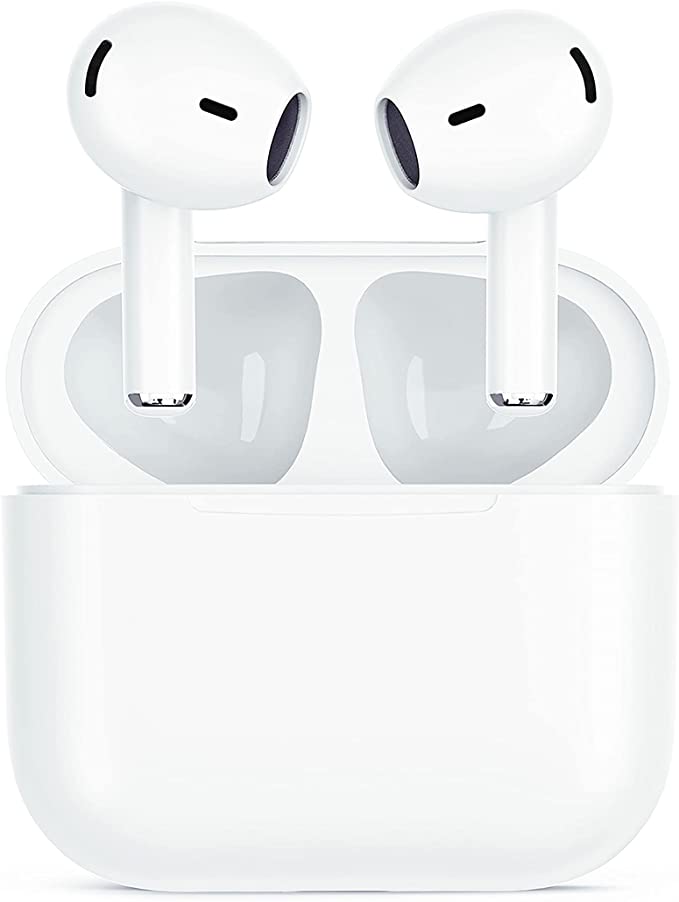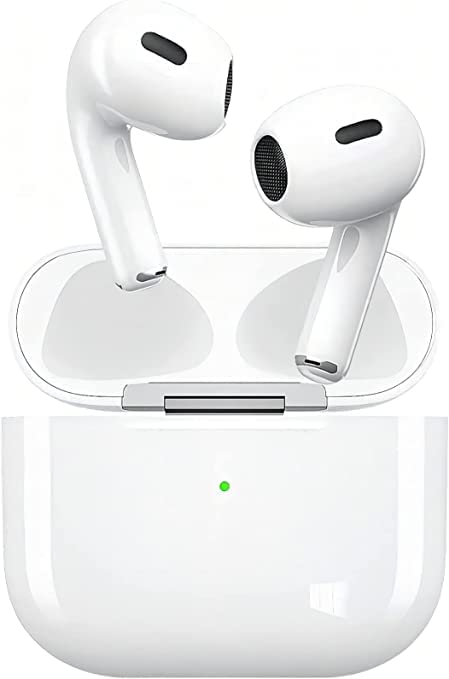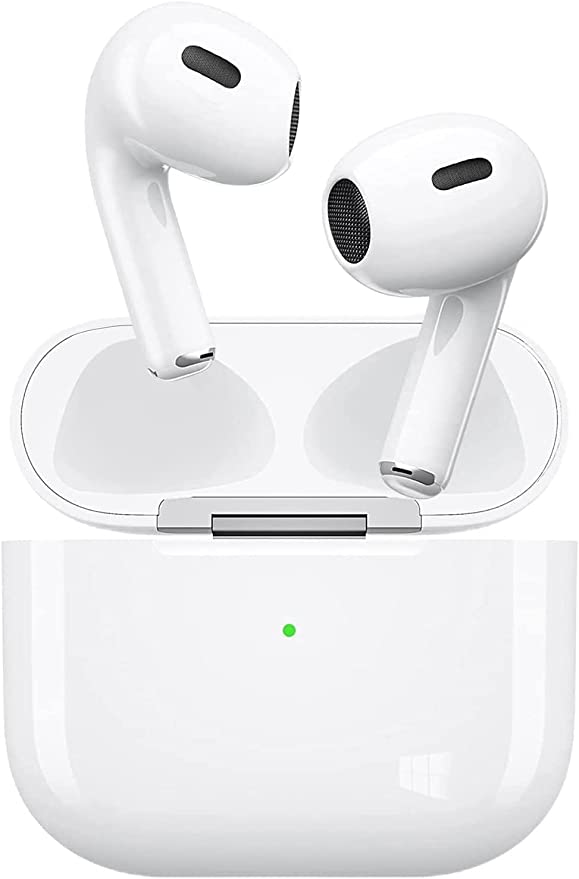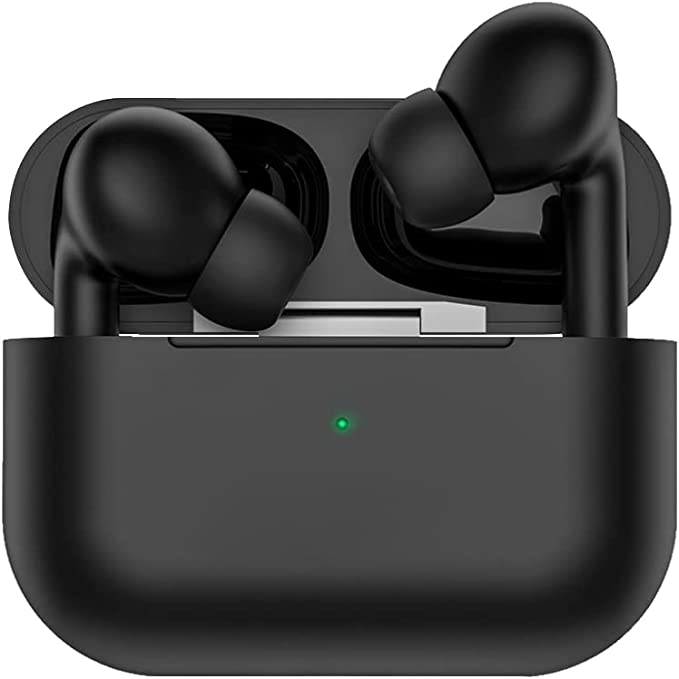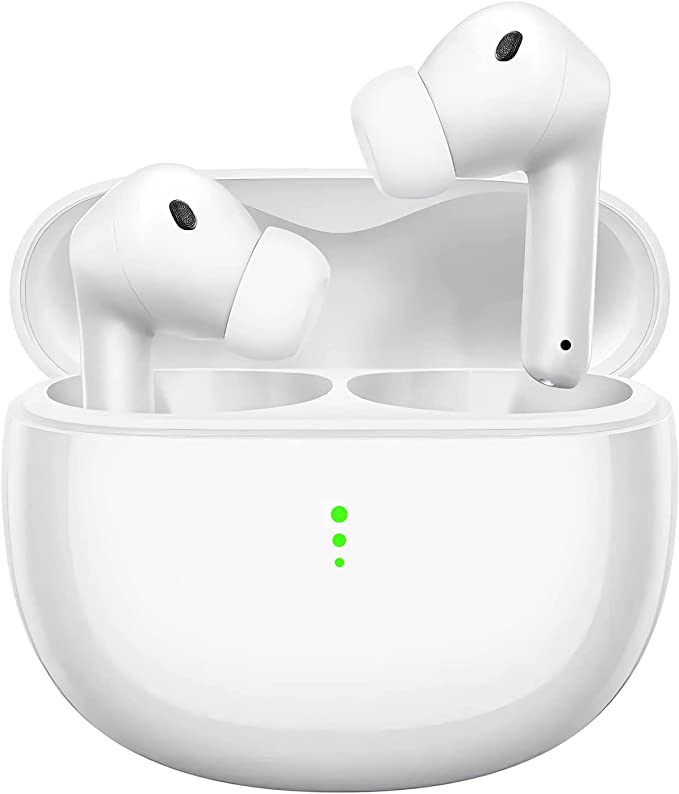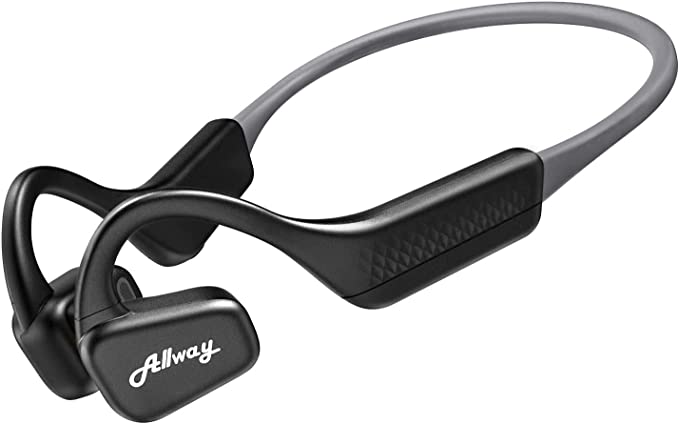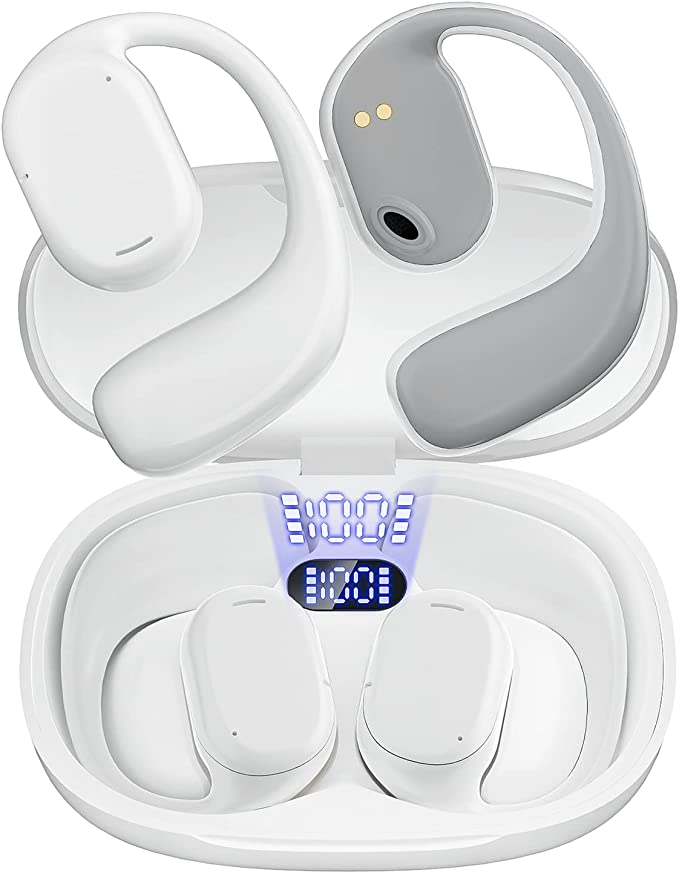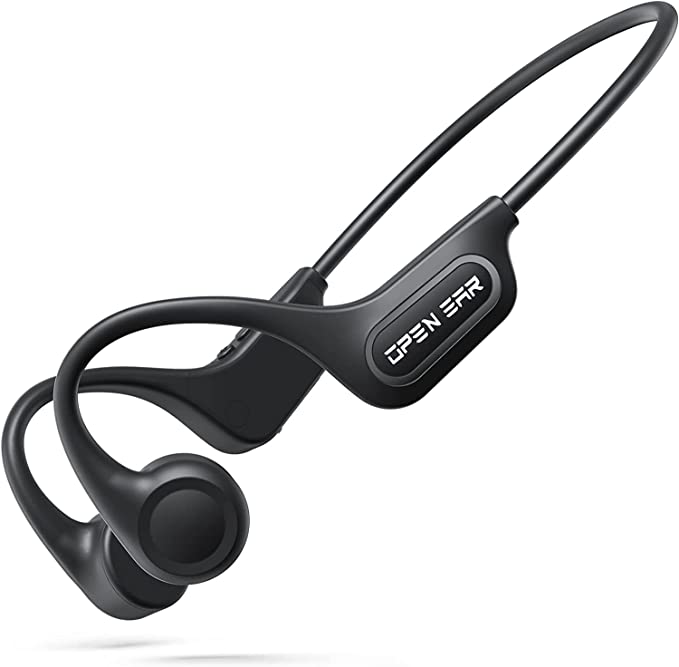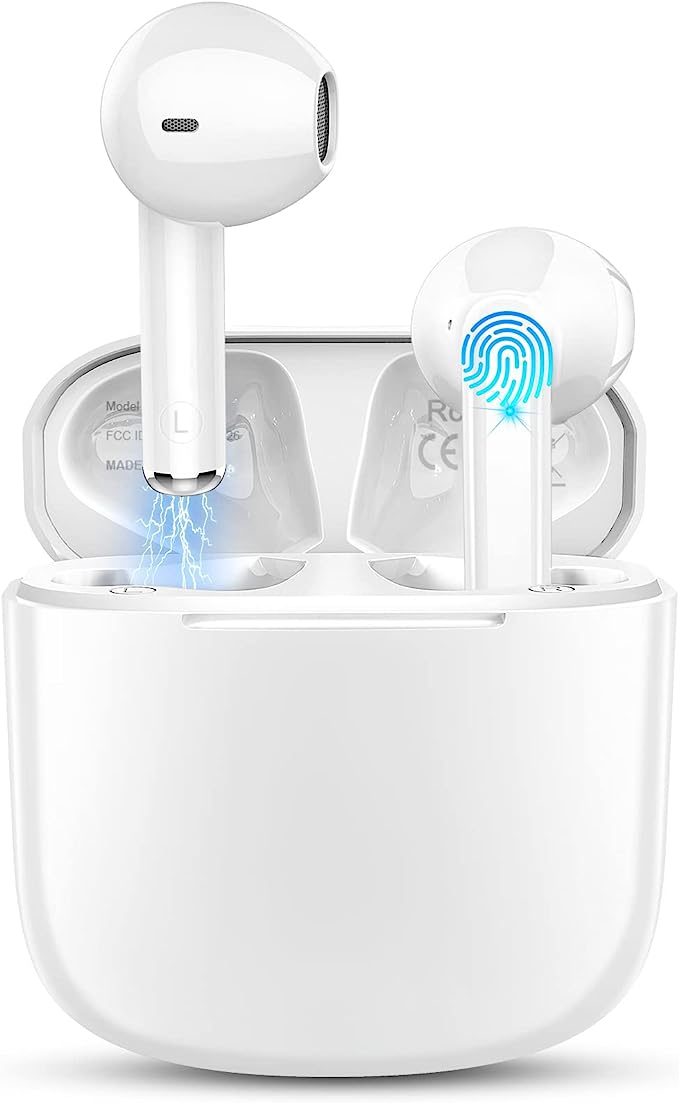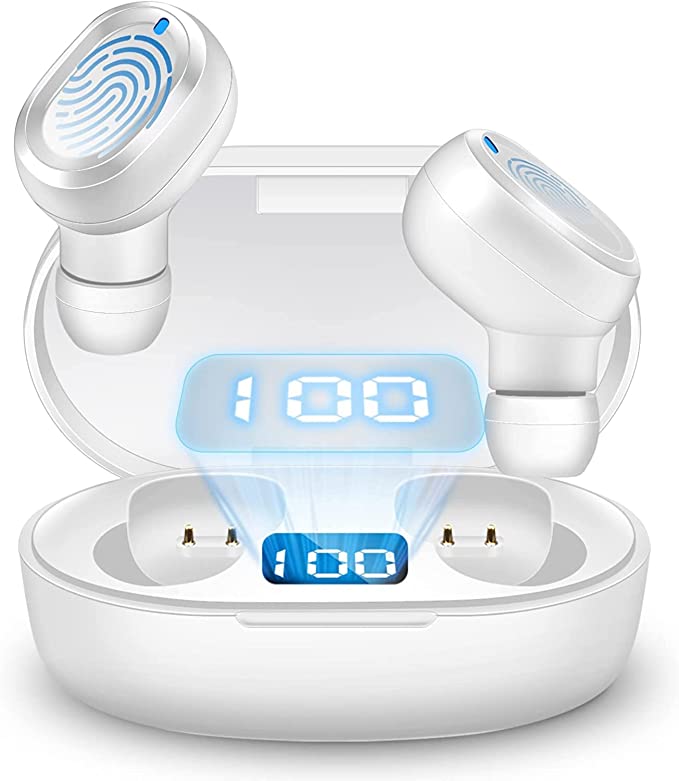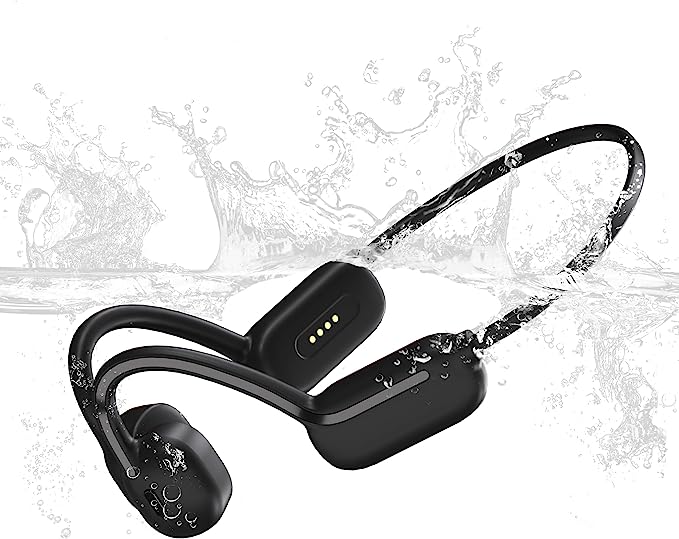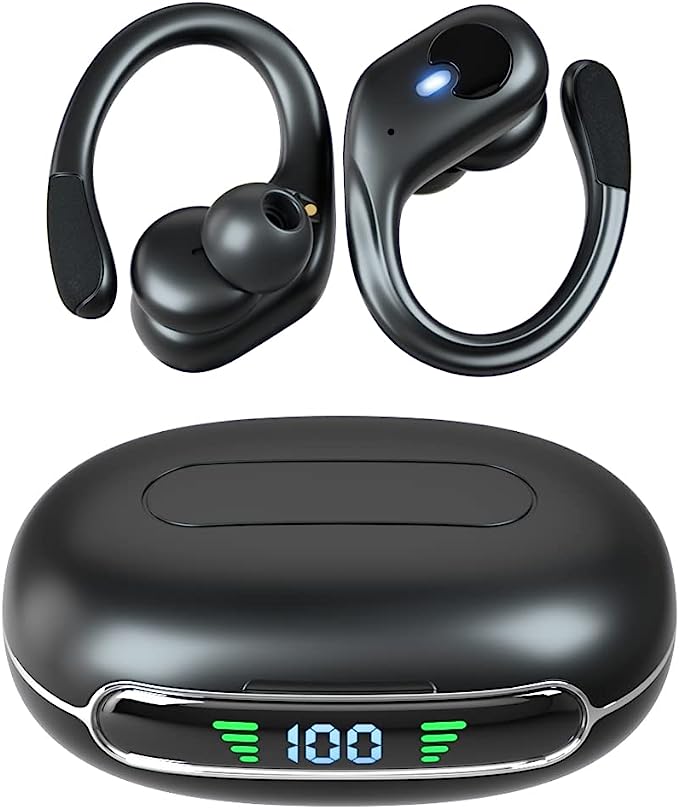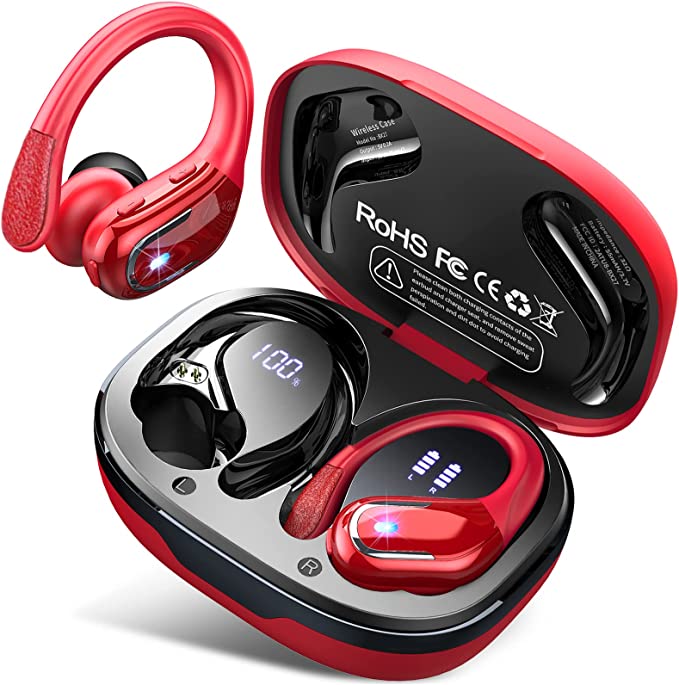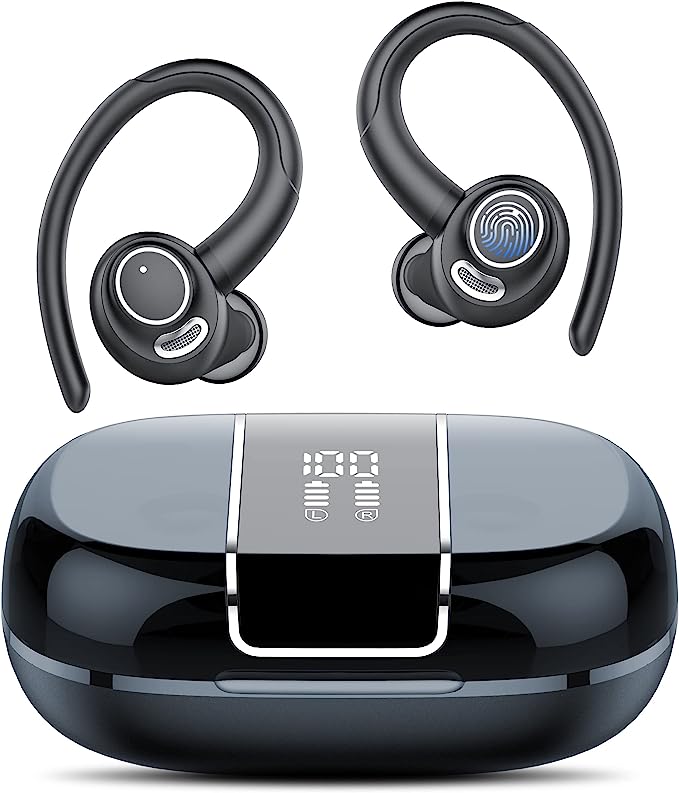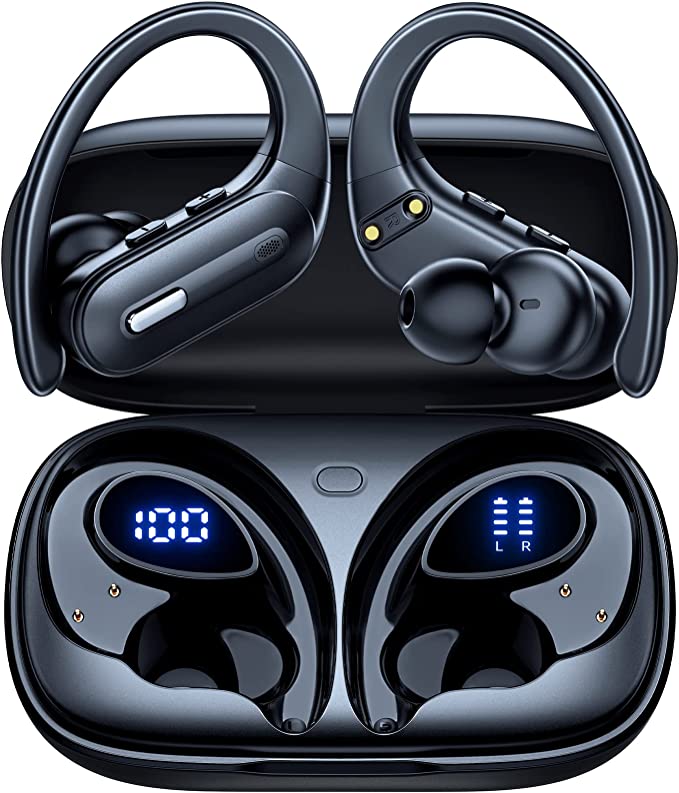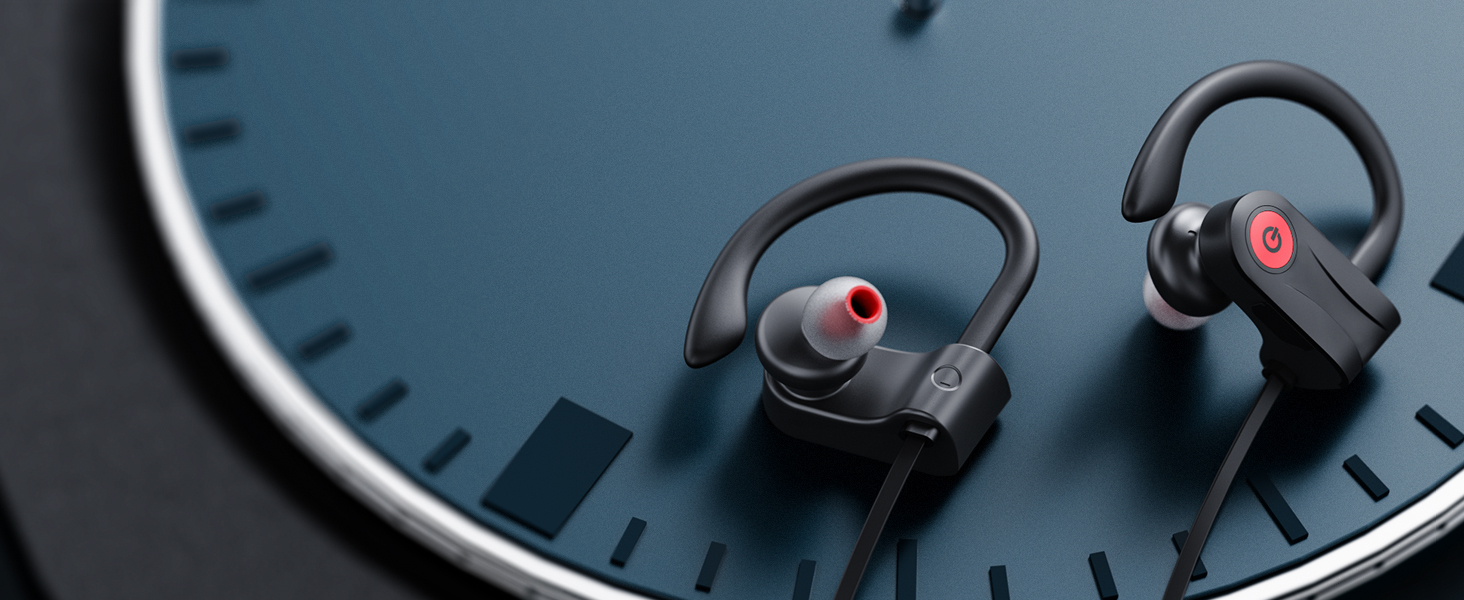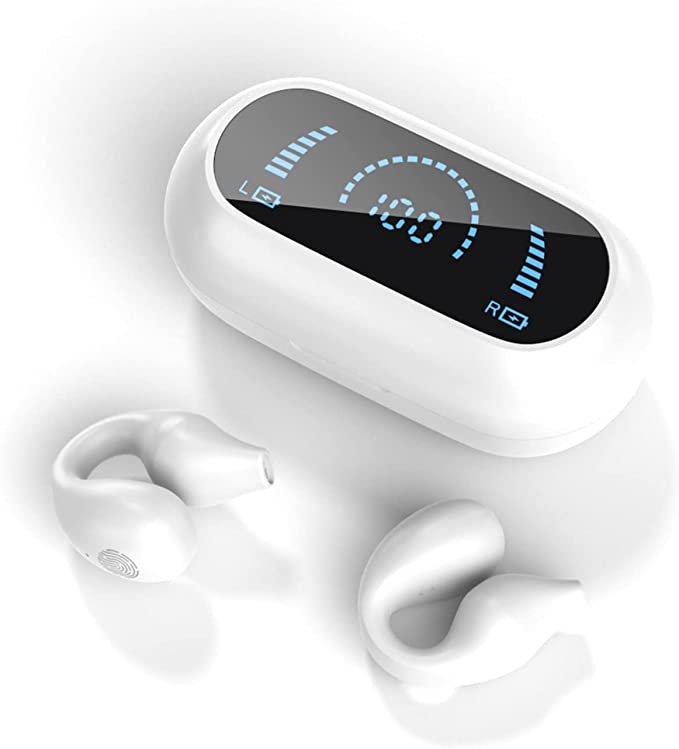CelsusSound S800C Bone Conduction Headphones: Hear the World, Protect Your Hearing
Update on Aug. 24, 2025, 4:37 p.m.
Imagine you’re on a bicycle, cresting a hill. The wind whispers past, you hear the hum of your tires on the pavement, and a bird calls from a nearby tree. In your ears, a favorite song builds to a crescendo. It’s a perfect sensory blend, yet for decades, it was an impossible one. To have your music was to sacrifice your connection to the world, plugging your ears and silencing the subtle cues of your environment—the approaching car, the friendly call of another cyclist. This has long been the listener’s dilemma: immersion or awareness. But what if the choice itself was a false one?
The solution lies in a principle of hearing that is at once startlingly innovative and surprisingly old. Legend has it that in the early 19th century, the composer Ludwig van Beethoven, facing profound deafness, discovered a way to hear his piano. He would reportedly bite down on a rod attached to the instrument’s soundboard. The musical vibrations would travel from the piano, through the rod, and into his jaw. From there, they passed through the bones of his skull directly to his inner ear, bypassing the damaged parts of his auditory pathway entirely. He was, in essence, feeling the music through his skeleton, and his brain was interpreting it as sound.
This act, born of desperation and genius, demonstrated the astonishing science of bone conduction. It proved that sound is simply vibration, and our eardrums are not the only gateway to hearing. Today, this very principle has been refined and engineered into devices like the CelsusSound S800C Bone Conduction Headphones, transforming a historical curiosity into a practical and powerful tool for modern life.

The Two Paths of Sound: A Highway and a Scenic Route
To appreciate what makes bone conduction so different, we must first understand how we typically hear. The process, known as air conduction, is like a well-traveled highway for sound. Vibrations travel as pressure waves through the air, are collected by our outer ear, and funneled to the eardrum, causing it to vibrate. These vibrations are then amplified by three tiny bones in the middle ear and passed to the cochlea, a spiral-shaped, fluid-filled organ in the inner ear. Here, microscopic hair cells convert the mechanical energy into electrical signals, which the auditory nerve sends to the brain to be interpreted as music, speech, or the rustling of leaves.
Bone conduction is the scenic route. Instead of vibrating the air, devices like the S800C use small transducers that rest against the cheekbones, just in front of the ears. These transducers convert electrical audio signals into subtle mechanical vibrations. These vibrations travel through the solid structure of your skull directly to the cochlea, completely bypassing the eardrum and middle ear. The cochlea, as the final destination, doesn’t care how the vibrations arrive; it processes them just the same. The result is the seemingly magical experience of hearing clear audio while your ear canals remain completely open to the world.
This open-ear design is the cornerstone of the technology’s appeal. It grants what is often called situational awareness—the ability to remain sonically connected to your surroundings. For a runner, it’s the ability to enjoy a podcast while still hearing traffic. For a remote worker, it’s listening to focus-enhancing music without missing the doorbell. It resolves the listener’s dilemma by creating a blended, layered auditory experience.

From Medical Miracle to Modern Headphone
Before bone conduction became a staple for athletes, its most significant impact was in the medical field. For individuals with conductive hearing loss—where the outer or middle ear is unable to transmit sound effectively—bone-anchored hearing aids (BAHAs) became a life-changing innovation. By sending sound directly through the bone, these devices restored hearing to those who could not benefit from traditional aids. The technology also found a critical role in military and tactical applications, allowing soldiers to receive clear communications while keeping their ears open to the crucial sounds of their environment.
The CelsusSound S800C represents the consumer-friendly evolution of this robust technology, packing its core benefits into a lightweight and durable package. The underlying engineering is what translates the scientific principle into a reliable daily-use device. Its connection is handled by Bluetooth 5.3, a standard that offers more than just a wireless link. Compared to older versions, it’s significantly more power-efficient—a key reason the headphones can achieve up to 10 hours of playtime on a single charge—and provides a more stable connection, reducing the frustrating dropouts that can plague wireless audio.
Durability is addressed by its IPX7 waterproof rating. This isn’t just marketing jargon; it’s a specific engineering standard from the International Electrotechnical Commission. The ‘7’ signifies that the headphones can withstand full immersion in up to one meter of water for 30 minutes. While you wouldn’t use them for swimming, it means they are impervious to heavy sweat, a sudden downpour, or even a rinse under the tap after a dusty trail run. The built-in noise-canceling microphone adds another layer of practicality, using signal processing to isolate your voice from background noise, ensuring that when you take a call, the person on the other end hears you, not the wind or surrounding chatter.

The Experience and the Physics of Trade-Offs
Listening through bone conduction is a distinct experience, and it comes with its own set of characteristics dictated by physics. Because the technology vibrates solid bone rather than air, the sound profile is different from traditional in-ear headphones. It excels at producing crisp, clear mid-range and high-frequency sounds, making vocals and podcasts exceptionally articulate. However, creating deep, resonant bass requires moving a lot of air, which is something in-ear buds are designed to do within the enclosed space of your ear canal. Vibrating the dense structure of the skull to the same effect requires immense energy, which is why the bass from bone conduction is often described as more of a percussive sensation than a deep rumble. It’s not better or worse; it’s a different acoustic signature.

This physicality leads to two other unique aspects. At higher volumes, especially with bass-heavy tracks, users may feel a faint, ticklish vibration on their cheekbones. This is the technology at work—the transducers doing their job—and it’s a sensation most people quickly grow accustomed to. The other consideration is sound leakage. Because the transducers vibrate, they also cause the skin to vibrate, which in turn creates small sound waves in the air. In a quiet room, a person sitting next to you might hear a faint, tinny version of your audio if the volume is turned up high. This is the fundamental trade-off for a completely open-ear design.
Finally, it’s crucial to address hearing health. While bone conduction bypasses the eardrum, it does not grant immunity from potential hearing damage. The delicate hair cells in the cochlea can be damaged by any excessively loud vibration, regardless of its source. The same rule of responsible listening applies here as with any audio device: keep the volume at a moderate level that allows you to enjoy your audio while comfortably hearing your surroundings.

A New Channel for Sound
Bone conduction headphones like the CelsusSound S800C are not aiming to replace the high-fidelity, isolating experience of over-ear studio monitors or the deep bass of in-ear buds. Instead, they introduce an entirely new category of listening. They are a tool for integration, not isolation. They merge your digital soundtrack with your analog world, enhancing daily activities without detaching you from them.
From a 19th-century composer’s desperate attempt to hear, a technology was born that would one day help soldiers communicate on the battlefield, grant the gift of hearing to those with medical needs, and allow a cyclist to safely enjoy music on a sunlit road. By understanding the simple, elegant science behind how we hear, we can better appreciate the technology that allows us to do it in new and remarkable ways. It’s more than just a different kind of headphone; it’s a different way of being present in your own life.
